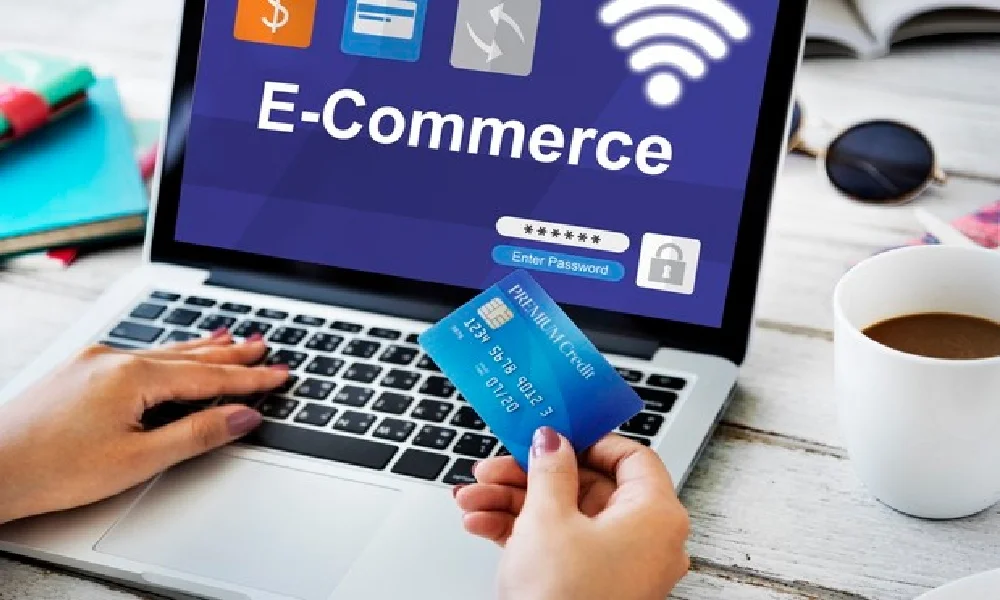Success in the e-commerce world isn’t only about offering great products or competitive prices. It’s also about creating a lasting impression. A memorable brand identity sets your store apart, builds trust with customers, and fosters loyalty over time. With countless ...
Efficient logistics are the backbone of any successful business, especially in an era where fast delivery is becoming the norm. However, maintaining speedy delivery can come at a steep cost, leaving businesses struggling to stay profitable. The good news? You ...
With mobile devices now accounting for the majority of internet traffic, ensuring your e-commerce store is optimized for mobile-first shoppers is no longer optional. Mobile users expect a seamless, fast, and frustration-free shopping experience. If your site doesn’t meet their ...
Expanding your business into international markets can unlock massive opportunities for growth. Cross-border sales are no longer reserved for large corporations, small and medium-sized businesses now have the tools and resources to sell globally. With the right strategy, you can ...




